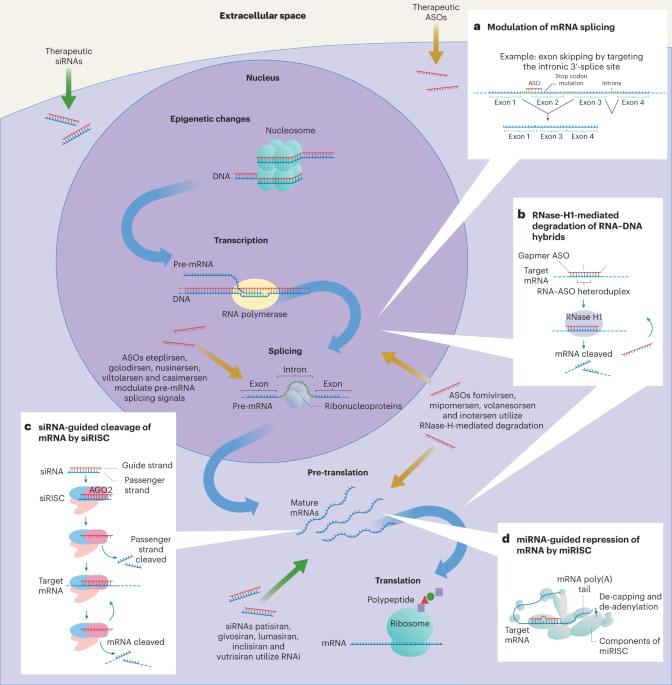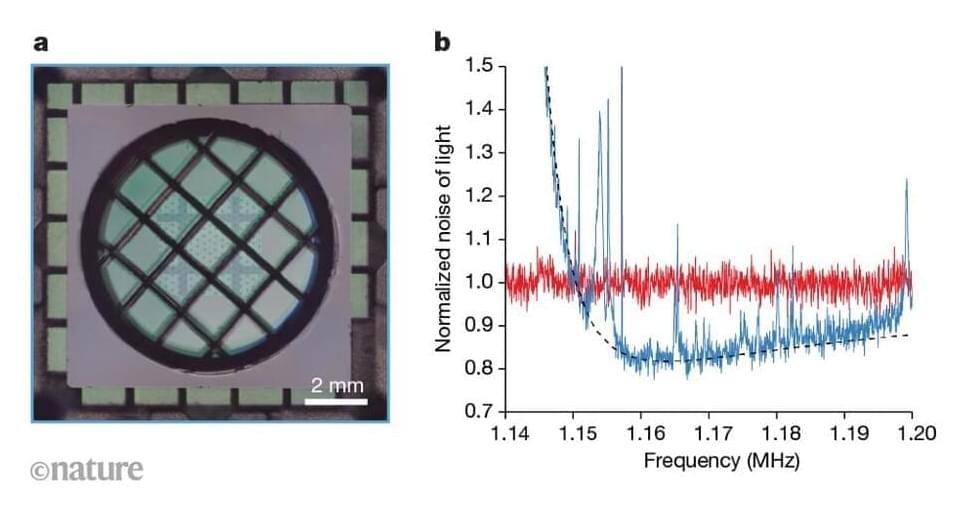With six approved drugs, siRNA is now an established therapeutic modality poised for expansion.


Join this channel to get access to perks: https://www.youtube.com/channel/UC4AkVj-qnJxNtKuz3rkq16A/joinDon’t forget to check out my companion channels TnT Omn…

Do I want to do this now?
Summary: New research delves into how valence weighting bias—people’s tendency to prioritize negative or positive attitudes—plays a crucial role in procrastination. By studying individuals’ responses to tasks like tax filing and academic research participation, the researchers found a strong link between a negative-leaning attitude and the tendency to delay tasks.
Additionally, interventions that balanced participants’ valence weighting bias showed promise in reducing procrastination, suggesting that this psychological bias might be a key target for improving decision-making and task completion. This insight opens new avenues for addressing procrastination by adjusting how individuals weigh positive and negative signals when faced with decisions.
Aging reversed in dogs face_with_colon_three
Age-related decline in mobility and cognition are associated with cellular senescence and NAD+ depletion in dogs and people. A combination of a novel NAD+ precursor and senolytic, LY-D6/2 was examined in this randomized controlled trial. Seventy dogs were enrolled and allocated into placebo, low or full dose groups. Primary outcomes were change in cognitive impairment measured with the owner-reported Canine Cognitive Dysfunction Rating (CCDR) scale and change in activity measured with physical activity monitors. Fifty-nine dogs completed evaluations at the three-month primary endpoint, and 51 reached the six-month secondary endpoint. There was a significant difference in CCDR score across treatment groups from baseline to the primary endpoint (p=0.02) with the largest decrease in the full dose group. There were no significant differences between groups in changes in measured activity. However, the proportion of dogs that improved in frailty and owner-reported activity levels and happiness was higher in the full dose group than other groups. Adverse events occurred equally across groups. All groups showed improvement in cognition, frailty, and activity suggesting placebo effect and benefits of trial participation. We conclude that LY-D6/2 significantly improves owner-assessed cognitive function and may have broader effects on frailty, activity and happiness as reported by owners.
The authors have declared no competing interest.

Insomnia is a common sleep disorder. If you have it, you may have trouble falling asleep, staying asleep, or both. As a result, you may get too little sleep or have poor-quality sleep. You may not feel refreshed when you wake up.
What are the types of insomnia?
Insomnia can be acute (short-term) or chronic (ongoing). Acute insomnia is common. Common causes include stress at work, family pressures, or a traumatic event. It usually lasts for days or weeks.
The Artemis II mission is scheduled to put people back into lunar orbit in 2025, while the Artemis III will see humans return to the lunar surface no earlier than 2026, per Space. America’s manned mission to the moon is the marquee news, but the real news here is that the logo we most associate with NASA is called the “worm.” Quick! Put on some Beastie Boys, y’all, because NASA is once again doing the worm.
Artemis II Boosters Receive Iconic NASA “Worm”



Polaritonic chemistry has ushered in new avenues for controlling molecular dynamics. However, two key questions remain: (i) Can classical light sources elicit the same effects as certain quantum light sources on molecular systems? (ii) Can semiclassical treatments of light–matter interactions capture nontrivial quantum effects observed in molecular dynamics? This work presents a quantum-classical approach addressing issues of realizing cavity chemistry effects without actual cavities. It also highlights the limitations of the standard semiclassical light–matter interaction. It is demonstrated that classical light sources can mimic quantum effects up to the second order of light–matter interaction provided that the mean-field contribution, the symmetrized two-time correlation function, and the linear response function are the same in both situations. Numerical simulations show that the quantum-classical method aligns more closely with exact quantum molecular-only dynamics for quantum light states such as Fock states, superpositions of Fock states, and vacuum squeezed states than does the conventional semiclassical approach.
